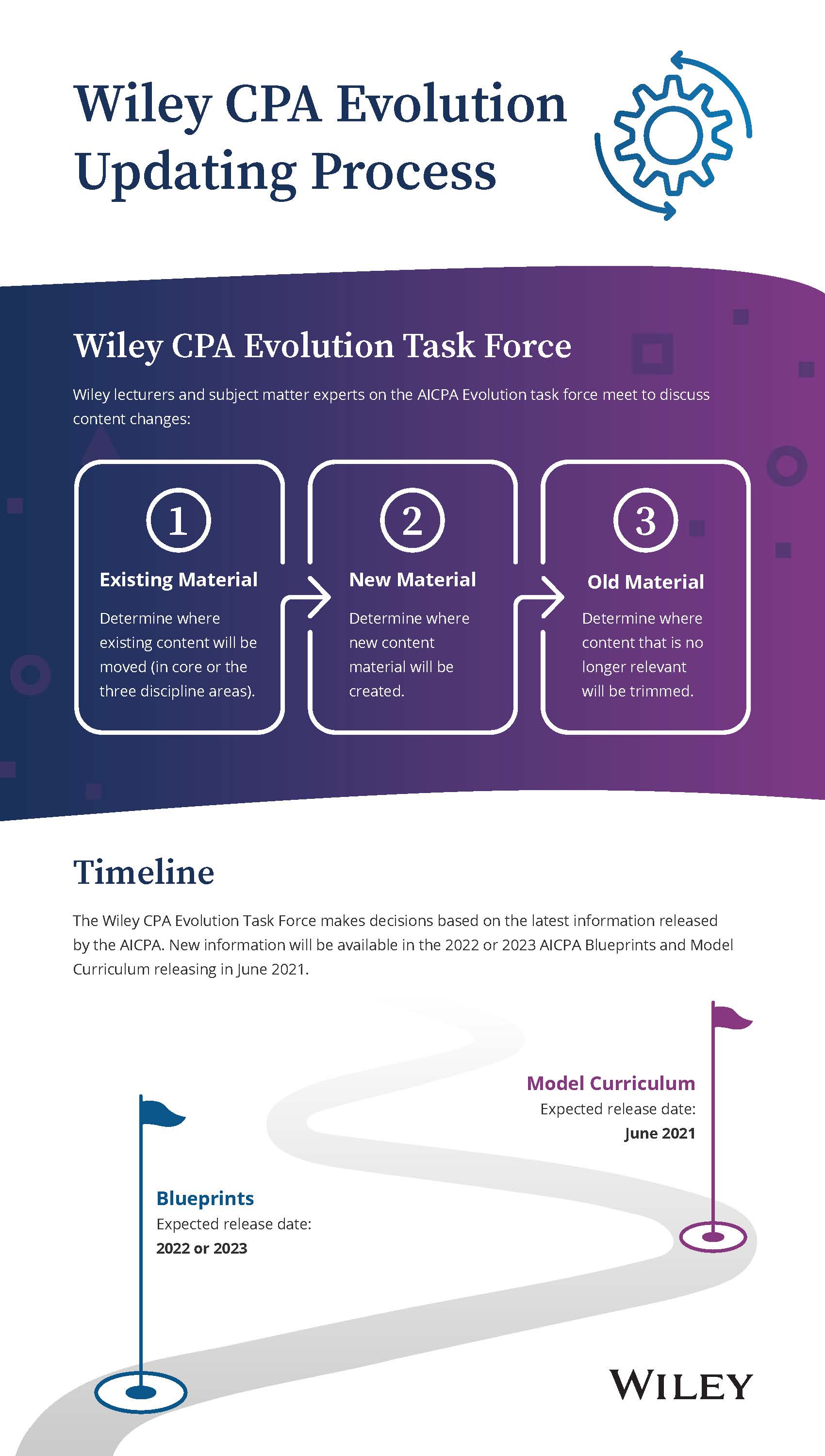5-tips-for-starting-a-successful-semester
August 27, 2019
Positivity is in the air. It’s a new beginning, as the school semester has just begun. Students are chomping at the bit, eager to get started with classes. And similarly, instructors are ready to kick off the academic year.
As an educator, it’s important to set the stage early on for your courses. Implement the following five tips during the first week of the semester, and create a successful foundation for your students.
1. Get Personal and Set the Stage
Stern. Serious. Sarcastic. The demeanor you project in those first few days will shape how your students view you for the entire semester. Be authentic, and allow your students to examine your natural disposition. Resist the temptation to express an artificial personality. When your daily attitude is consistent during class time, student anxiety is reduced. Learning easily takes place since the instructor-student relationship develops more naturally.
Pull back the curtain a little, so students can learn more about your academic intentions. Communicate your vision and specific goals for the students enrolled in your course. Don’t assume they know the semester goals. The structure of the course becomes crystal clear once the purpose is revealed. For example, if your two principal student goals are to strengthen communication skills and improve laboratory techniques, then explicitly state these to the class. As students revisit these goals on assessments, it further reinforces their significance to the course.
2. Identify Valuable Resources
Do your students know what to do when scholastic disaster strikes? Surprisingly, most of your students may not know how to acquire support services at their institution. At the start of the semester, identify how they can obtain academic support (before they may need to access it) for your course. Clearly communicate office hours, tutoring center availability, procedures to obtain online help, and other remediation services to your classes.
Provide your students with a list of all the academic support services available. If there are tutors or teaching assistants on hand for your specific course, share their contact information with your students. Publish these materials online, and consider including it in your course syllabus. Sharing these collated materials with your students will save you, the instructor, time once the semester gets rolling.
3. Establish Daily Routines
Close your eyes, and picture students arriving at your class, ready to work. What materials do they have with them, what will they be expected to do, and with whom should they engage within class? Now open your eyes. Would your students have the same ideal vision as you?
Save valuable class time, and fully explain to your students a typical daily class routine. List materials they will need, identify tasks they must accomplish, and communicate other procedures specific to your course. If there’s a pattern based upon the days of the week, be specific in your description. Students will arrive prepared to learn and equipped with the materials they need to engage.
Thoroughly explain course policies related to missing class, turning in late work, and cheating. It’s best to address the consequences for these situations before any infractions arise. Be proactive with course rules, and ensure all students are on the same page as the instructor. Since policies in print hold more weight than those communicated only verbally, include these guidelines as a part of your course syllabus.
4. Analyze Exemplary Work
Expecting to receive high-quality work from your students this semester? Then be sure to share examples of outstanding student work to your classes. Set the bar high early, and provide students with an opportunity to see what can be produced by them. Even if the nuances of the content have not yet been presented to the students, important features of high-quality work such as organization, structure, and professionalism can all be communicated easily with samples of model work.
Then take the opportunity to dig deeper into the sample student work (a lab report, an essay, or a homework assignment) with your students. Analyze it in detail with them using an answer key or rubric. Investigate common mistakes, and ensure your current crop of students avoids these pitfalls. For example: “Often the hypothesis is written incorrectly—in the form of a question—on this lab report.”
5. Preview the Semester
Provide an at-a-glance snapshot of the semester schedule to your students. Don’t detail each individual item to be covered, but do identify each chapter’s major topics to be included for the course. Announce the anticipated number of days allotted for each unit. Provide a calendar highlighting important dates, such as all assessments and any other graded work.
Explain the procedure you will use to calculate student grades for the semester. Is the grade a simple calculation of points earned divided by points available? Or does the grade calculation include more complex computations: weighted categories, extra credit, lowest scores dropped, curved average, etc.? Avoid confusion for your students, and clarify any deviation from standard practice. Will students be required to use an unfamiliar piece of technology for success in your course? If so, identify the technology, and explain the potential learning curve for its use. Students will use this information to plan accordingly and budget their time for your course.
What do you share with your students during the first week of classes? How does this prepare your students for success throughout the semester? I’d love to hear your thoughts. Please leave a comment in the space below, and I will be sure to reply.
Doug Petrick holds an Architectural Engineering degree from The Pennsylvania State University and a master of arts in teaching from California University of Pennsylvania. He is currently a high school physics teacher at Upper St. Clair High School in Pittsburgh. Doug regularly contributes to a series for educators on The Wiley Network offering practical advice and instructional strategies.












